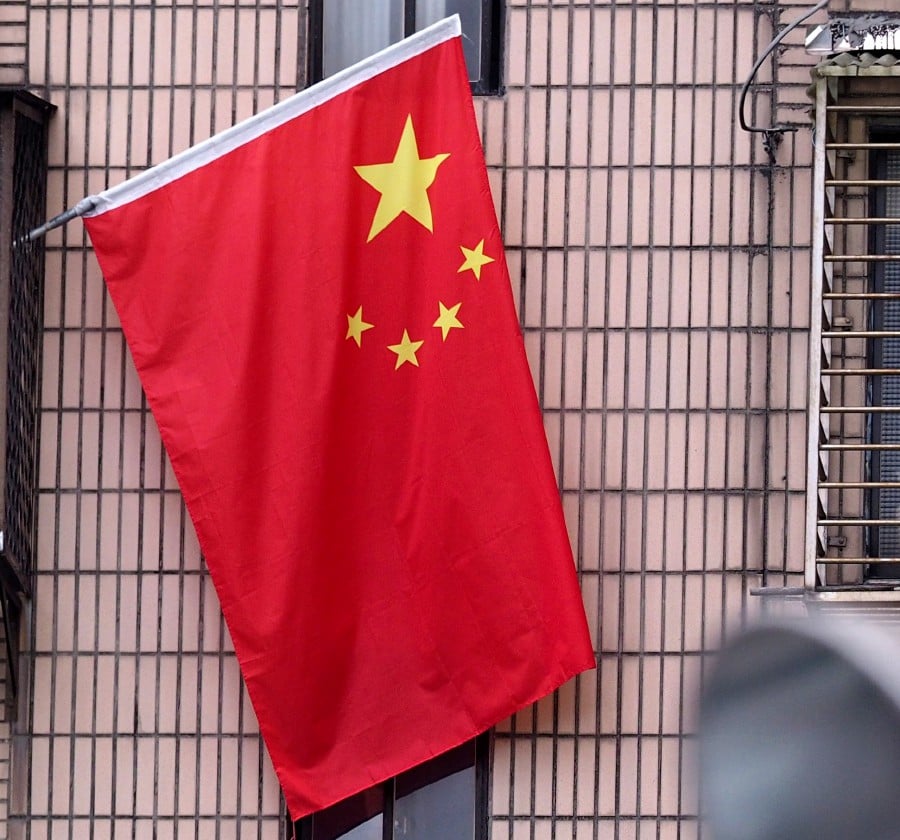BEIJING: Four ancient irrigation projects in China have been recognised as World Heritage Irrigation Structures.
China's Ministry of Water Resources announced the recognition last week, saying it was an honour to Chinese irrigation projects.
According to a report in the Chinese daily Global Times, the International Commission on Irrigation and Drainage (ICID) has recognised the Tianbao weir in east China's Fujian province, the Longshou canal and ancient Luohe river irrigation district in northwest China's Shaanxi province, the weirs of Baishaxi stream project in east China's Zhejiang province and the Sangyuanwei polder embankment system in south China's Guangdong province.
The latest recognition raises the total number of World Heritage Irrigation Structures in China to 23.
The hashtag for the news had earned more than 120 million views on China's Twitter-like Sina Weibo as many Chinese netizens took to social media to express their pride.
The ICID also granted the honour to 10 other irrigation projects in India, Iran, Japan, South Korea and South Africa.
Established in 2014, the ICID aims to categorise the development of the world's irrigation civilisation, promote protection of irrigation engineering heritage, summarise the water management wisdom of traditional irrigation engineering, and provide historical experience and inspiration for sustainable irrigation development.
According to the ministry's website, China is one of the earliest countries in the world to carry out water conservancy construction projects.
The ministry said throughout the country's history, numerous irrigation projects with distinctive regional characteristics had been carried out and many of them are still used today.





